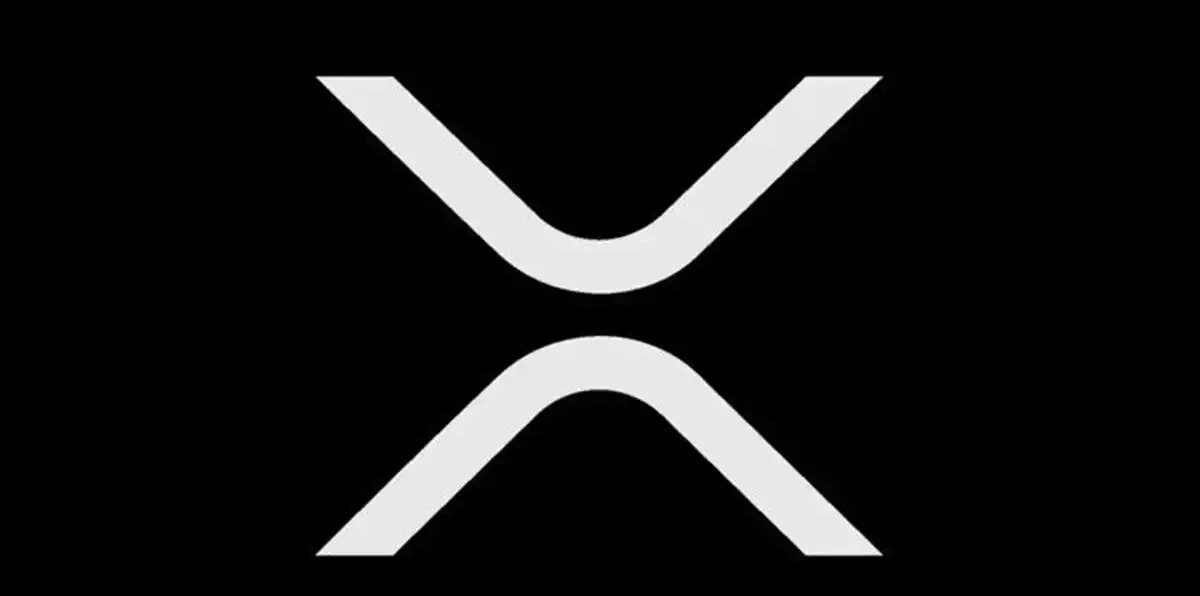- Google’s quantum leap sparks concern for blockchain security worldwide.
- XRP positioned as a resilient leader in post-quantum financial systems.
- Experts warn quantum computing could redefine the future of crypto.
The cryptocurrency industry is facing new warnings about the impact of quantum computing on blockchain security. According to Stern Drew, Google’s recent progress in quantum computing could expose weaknesses across major blockchain networks.
He cautioned that the technology’s ability to break complex cryptographic codes could mark the beginning of a new financial era—one where only adaptable networks like XRP survive.
Drew noted that financial institutions are already taking proactive steps. He said that organizations such as SWIFT, the Bank for International Settlements, and the European Central Bank are testing Distributed Ledger Technology systems like RippleNet, Hedera, and Stellar.
Their involvement reflects growing recognition that quantum innovation could soon redefine how financial systems store and transfer value.
Financial Systems Preparing for Quantum Disruption
The analyst explained that the next global financial reset may not stem from regulatory change but from advances in science. Quantum computers can perform calculations far beyond classical systems, posing a threat to the cryptographic safeguards that blockchains depend on.
Drew added that once quantum computing achieves full operational power, many networks could face security breakdowns.
Also Read: Pundit to XRP Holders: “The XRP Market Cap Logic is Broken” — Here’s What It Means
He emphasized that traditional encryption methods will struggle to resist the immense processing strength of quantum machines. This possibility has pushed major financial players to explore systems with stronger resilience and flexibility. Their ongoing trials with RippleNet and similar platforms suggest that blockchain adaptation is already underway behind the scenes.
Why XRP May Lead the Post-Quantum Era
Drew described XRP as one of the few digital assets positioned to thrive under these changing conditions. RippleNet’s infrastructure, which powers global payments using the XRP Ledger, is built around speed, interoperability, and security. These features, he said, make XRP better prepared for future upgrades involving quantum-resistant technology.
He also referenced the emergence of what he called the “Post-Quantum Alliance,” a movement focusing on connecting traditional and quantum-secure networks. Drew highlighted DNAOnChain’s zero-knowledge proof architecture as a possible foundation for this transition. According to him, these new systems could protect data while ensuring secure cross-network communication.
The Road Ahead for Blockchain Innovation
As Google accelerates its quantum computing research, the timeline for blockchain adaptation continues to narrow. Drew warned that some networks may fail under the weight of technological change, while others, like XRP, Hedera, and Stellar, could emerge stronger. These ecosystems are focusing on long-term sustainability rather than short-term speculation.
His remarks underline the growing need for digital assets to evolve alongside technological progress. The fusion of blockchain and quantum technology could define the next financial age, where only forward-thinking systems maintain relevance. Drew’s insights suggest that XRP’s readiness may not only protect its network but also shape the future of secure digital finance.
Also Read: Fed’s $2.5 Trillion Liquidity Bomb: The XRP Connection Will Shock You

